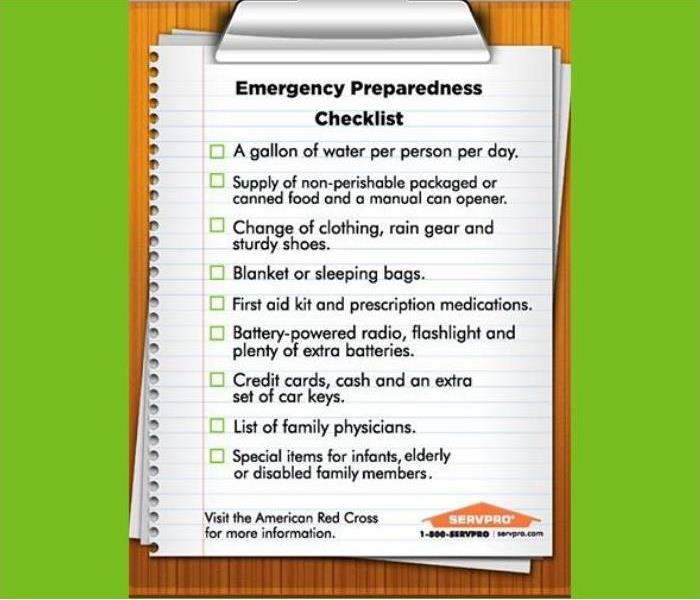Strong Storms Bring Power Outages and Flooding to Ocean County
7/19/2021 (Permalink)
Ocean County and surrounding areas have woken up to scattered debris and some damage after strong thunder and lightning storms blew through these last few weeks. Howling winds brought down trees and branches and caused power outages across Ocean County.
Monday’s storm on July 12, 2021 tore through our area. Hooper Avenue near Oak Avenue in Toms River had downed power lines and there were nearly 2,000 homes without power as of 5 p.m. The storm brought down power lines in some places, and there were reports of homes possibly struck by lightning, according to the The Patch.
Tropical storm Elsa headed to the Jersey Shore this past Friday, July 9, 2021, with heavy rain, severe winds, heavy rain and flash flooding. This storm brought traffic disruptions at three Toms River intersections.
Powerful thunderstorms pushed through Ocean County on Tuesday night, July 6, 2021. The storm caused more than 3,500 Ocean County homes and businesses to still be without power on Wednesday morning. According to National Weather Service Mount Holly, the storm was very active, with nearly 900 cloud-to-ground lightning strikes recorded in Central Jersey in an hour
With NJ not even half way through the hurricane season that lasts from June 1st to November 30th, we have already seen some serious storms already. New Jersey's tropical storm activity is typically between August and late October, according to Office of Emergency Management. Weather researchers from Colorado State University say the 2021 Atlantic hurricane season will likely be more active than normal, for the sixth straight year. But they don’t expect it to be as stormy as last year’s explosive, record breaking season. CSU is predicting 17 named storms, five higher than the normal average. Of the 17, eight are likely to intensify into hurricanes, and four of those are likely to become major hurricanes. Major hurricanes are storms that are classified as Category 3, 4 or 5 in terms of wind strength. Category 3 hurricanes pack sustained winds of 111 to 129 mph, Category 4 storms produce winds as strong as 130 to 156 mph and Category 5 hurricanes generate catastrophic winds higher than 156 mph.
Follow SERVPRO's Emergency Preparedness Checklist to be storm ready.





 24/7 Emergency Service
24/7 Emergency Service
